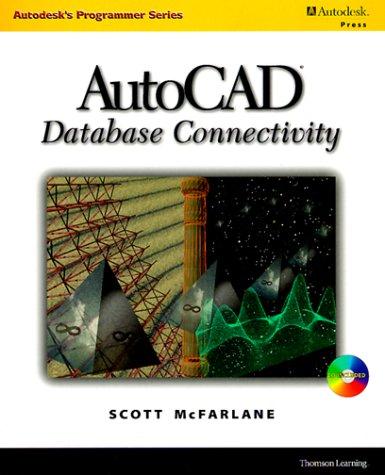Question
Part A: Suppose you draw two cards from a standard deck of 52 playing cards. What is the probability that they are both sixes? Keep
Part A: Suppose you draw two cards from a standard deck of 52 playing cards. What is the probability that they are both sixes? Keep at least 3 significant digits in your answer. (For example, 0.00012345 could be entered as 0.000123.)
Part B: Let  F 6 denote the event that the first card is a 6, and let
F 6 denote the event that the first card is a 6, and let  S 6 denote the event that the second card is a 6.
S 6 denote the event that the second card is a 6.
Comparing which of the following pairs of probabilities would not work as a check of whether the events "first card drawn is a 6" and "second card drawn is a 6" are independent?
Group of answer choices
 P(S6F6)=P(S6)P(F6)
P(S6F6)=P(S6)P(F6)
 P(S6F6)=P(F6S6)
P(S6F6)=P(F6S6)
 P(S6F6)=P(S6)
P(S6F6)=P(S6)



Step by Step Solution
There are 3 Steps involved in it
Step: 1

Get Instant Access to Expert-Tailored Solutions
See step-by-step solutions with expert insights and AI powered tools for academic success
Step: 2

Step: 3

Ace Your Homework with AI
Get the answers you need in no time with our AI-driven, step-by-step assistance
Get Started


